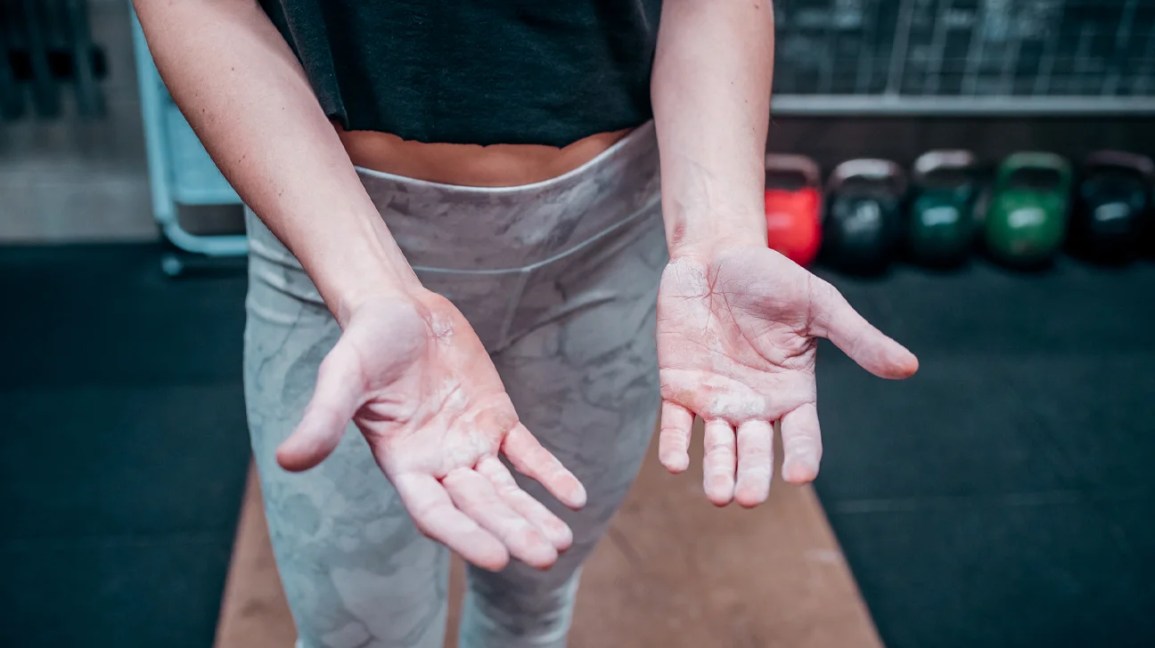How to play on chichen itza oil pattern! Did you know that Chichen Itza is now one of the New 7 Wonders of the World? But how wonderful is the Chichen Itza oil pattern by Kegel? I know many of you have not encountered this pattern yet.
Today, I am here to shed some light on this Kegel Landmark oil pattern from their Challenge series. If you have already looked at its pattern sheet, you may mistake it for an easy pattern. In reality, Chichen Itza is more challenging than it appears. So you must follow some special guidelines to play this pattern. Let’s talk more about that in detail, shall we?

What is the Chichen Itza oil pattern?
The term Chichen Itza translates to “at the mouth of the well of the Itza”. Sounds interesting, doesn’t it? But does it have any relevance to the oil pattern? Well, I want you to look at the composite graph of this pattern. Do you see any resemblance in the shape of this beautiful, ancient Mayan ruin? Yes, it’s right there!
The Chichen Itza oil pattern (3640) runs 40 feet in distance with 32 feet Reverse Brush Drop. Using the ever-popular Flex bowling lane conditioning machine, a mixture of Fire and Ice conditioners are applied. Although your local house might change the settings a bit if they want to.
Generally, the total amount of Forward Oil on Chichen Itza is 15.8 mL and Reverse Oil is 10.00 mL. So the Total Volume of Oil is 25.80 mL on the particular pattern. Clearly, this is very ideal for a 40 feet long oil pattern. But here’s the thing— don’t get fooled by its oil ratio which is 4:1. The pattern is still going to make you work hard to get the score you’re aiming for. The total number of boards crossed is 434 (Forward Crossed 283 Boards and Reverse Crossed 151 Boards).
How to bowl on the Chichen Itza oil pattern?
First and foremost, let’s use the go-to rule of 31, shall we? So just subtract 31 from 40 and that gives you 40 – 31 = 9. So the exit point of your ball is going to be somewhere around the 9 board. If you want to play a bit to the right (outside) board 8 is also a great option. If you decide to play a bit on the inside, you shouldn’t go any further than 11 board. If the track is well-defined you can play around the 10 board as well.
I repeat, don’t get fooled by its not-so-flat oil ratios. Any wrong moves, and you can throw off your game entirely. Indeed, the pattern ratios of the Chichen Itza fit perfectly into the Kegel Challenge Series, but the continuous slope can seem really terrifying to some bowlers. From the least amount of oil to the peak of this pattern can make it really difficult to score decently. This is why scoring at the end of this oil pattern makes it more complicated than it seems.
The first time I played this pattern, it was brutal! Absolute disaster! My ball wasn’t making it back to the pocket, and even when it somehow did, it could only clip the headpin. It was awful to witness such a bad game. When I asked my coach, he said I was 2 boards off. I was attempting to play from the inside and this is where I made the mistake. So the next day, I moved a bit to the right, with the same ball (storm IQ Tour) and I did fantastically! So you can imagine how strictly you have to maintain consistency and choose the right gear.
Do you feel comfortable playing from the outside? Then, I would highly recommend you stick to that. However, Don’t get too close to the corner, or your ball might go into the gutter or hit the wrong pocket. Therefore, if you play smart and start from the 7, 8, or 9 board, you will be able to see some terrific hooks before your ball goes into the targeted pocket.
To be honest, the Kegel Chichen Itza oil pattern is not gonna give you too much flexibility when it comes to rolling your bowling ball down the lane. Did I mention that when I finally did better on this lane I had to stick to 1 or 2 boards throughout the game? Yes, this pattern has no mercy! Plus, I could not apply multiple tactics to the Chichen Itza oil pattern.
Starting with a moderately surface solid coverstock bowling ball and then playing around the 8 board for the breakpoint would be a great place to start. From the beginning, it would be wise to keep your shots as straight as possible and later you can chase the wall left as the lane starts to open up. I don’t want you to expect that some hold area will develop as you play on this bowling pattern. If you’re a cranker bowler, start deeper than the strokers or tweeners. This will somewhat help you to open up your breakpoint as your game progresses.
Which type bowling ball is best for this pattern?
I will speak from my experience. The Storm IQ tour can be a nice benchmark bowling ball for this tough bowling oil pattern. A great alternative for this bowling ball would be the Storm Sure Lock bowling ball. Ebonite Warrior Elite is another masterpiece that you can pack in your arsenal when you go play this pattern.
Don’t forget to pack some urethanes too while you’re at it. You have to practice picking up the spares. Otherwise, your average will completely fall off. Because this pattern is a bit complicated, use a ball that has an amazing controllable backend. You need to have an idea on where your ball is going as soon as you throw the ball down the lane. So, a nice solid bowling ball with exceptional lane reading ability and enough backend motion can rescue you from this scary oil pattern.
Faqs Of How To Play On Chichen Itza Oil Pattern!
How should one approach playing on the Chichen Itza oil pattern?
This pattern requires precise shot execution and adaptation to its unique conditions. It has a heavy oil application at the start and minimal oil beyond the 27-foot mark, making it essential to use a reactive ball for better control and to aim between pins 1 and 2 for left-handed bowlers or 1 and 3 for right-handed players. The break point is suggested to be around the 9 board, emphasizing the need for practice and adaptability due to its challenging nature and the possibility of the pattern playing differently each time.
What are the technical specifications of the Chichen Itza oil pattern?
The pattern is 40 feet long with a reverse brush drop at 32 feet, utilizing a total oil volume of 25.80 mL. It’s designed with a 4:1 oil ratio, making it deceptively challenging despite seeming ideal. The exit point for the ball should ideally be around the 9 board, with adjustments needed based on your play style and the lane’s reaction.
What equipment is recommended for this pattern?
A variety of balls have been suggested, including the Storm IQ Tour and Ebonite Warrior Elite, with an emphasis on balls that offer controllable backend motion. Players are encouraged to use a ball with a solid coverstock and to maintain straight shots initially, adjusting as the lane opens up.
Are there any specific strategies or adjustments recommended for right-handed players?
It was noted that playing at higher speeds, specifically around 19 mph, could negate some of the pattern’s challenges, although it might be physically demanding over multiple games. Adjustments in positioning and speed are crucial based on personal experiences shared by players.
How does the Chichen Itza oil pattern compare to other Kegel Challenge Patterns?
Kegel Challenge Patterns, including Chichen Itza, are designed with a medium level of difficulty, offering a good balance between challenge and playability. They typically feature a high oil volume in the center of the lane, tapering off towards the gutters. The Chichen Itza pattern, with its distinctive characteristics and requirements for precise play, fits into this category but demands a high level of skill and adaptability.
Conclusion
So, there you go, homeboys! That’s all I gotta say about this extraordinary oil pattern. Remember, nothing is impossible! So follow this basic guideline to understanding this pattern better. If you have a game coming get set rolling and start prepping without further ado. Once you will get the hang of it, this pattern will seem a lot easier. And, as always, Good luck!

Passionate Bowler and Bowling Enthusiast
Jess Pinelli is a dedicated bowling enthusiast with a deep love for the sport that spans over 6 years. With numerous strikes, spares, and a few gutter balls under hes belt, he has honed his skills on lanes across the country. Pinelli’s journey in the world of bowling has been a remarkable one, from casual weekend games with friends to competitive league play and even a few local tournaments.
Driven by her passion for the game, Pinelli decided to channel her expertise and knowledge into the digital realm, becoming a prolific author on this bowling website. She’s your go-to source for everything bowling-related, from mastering the perfect hook to choosing the right bowling ball and even navigating the world of bowling etiquette.
When she’s not busy writing informative articles or reviewing the latest bowling gear, you’ll likely find Pinellis at her favorite local bowling alley, helping newcomers improve their game or enjoying some friendly competition with fellow bowlers. She firmly believes that bowling is not just a game but a community, and she’s committed to fostering that sense of camaraderie both online and offline.




